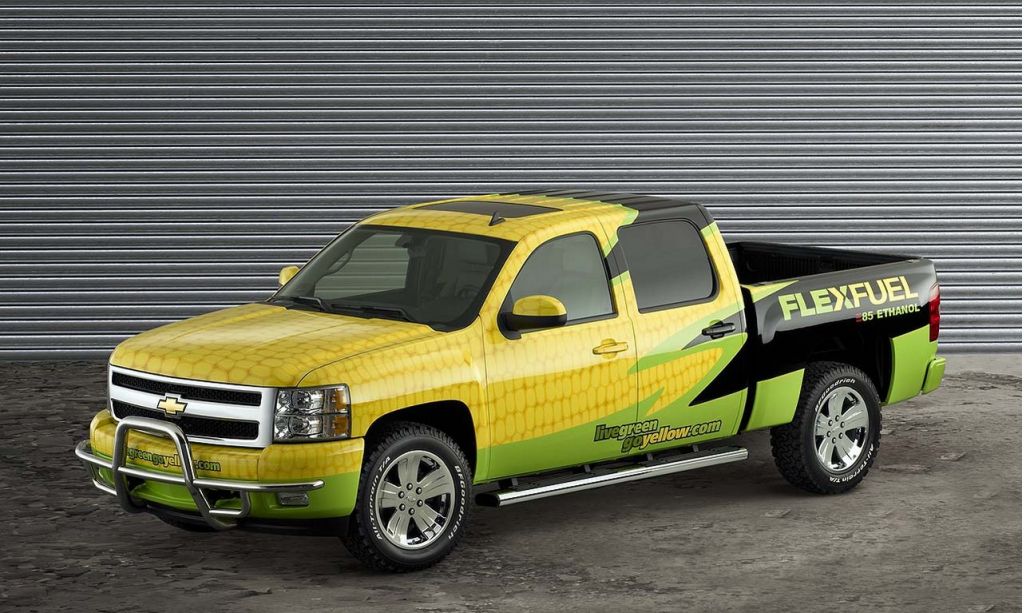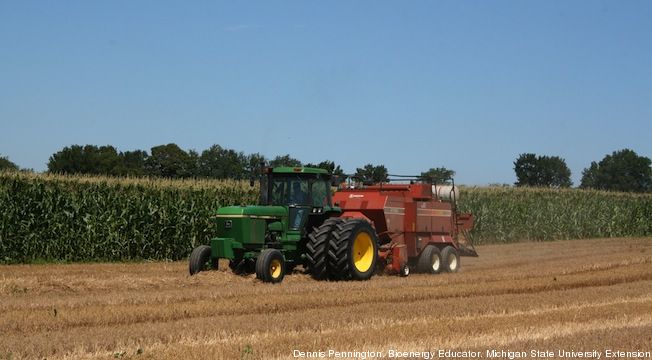In 2007, the Federal government created the Renewable Fuels Standard, requiring increased amounts of corn-based ethanol and advanced biofuels to be blended into the nation's gasoline supply.
At the time, it seemed like an ideal way to lessen dependence on foreign oil and cut emissions--without forcing drivers to drastically change their habits.
But eight years later, the ethanol boom forecast by these regulations hasn't happened.
DON'T MISS: Biofuels: Don't Assume They're All Carbon-Neutral, New Study Warns
So now the Environmental Protection Agency (EPA) is backtracking, proposing the amount of ethanol in gasoline be lowered to what it feels is now a more realistic level.
A new agency proposal calls for lowering the required amount of ethanol by more than 4 billion gallons for 2015, and a further 3 billion gallons in 2016, according to the Los Angeles Times.
If enacted, the rule changes would still require increases in the amounts of ethanol used in the nation's gasoline.

2006 Chevrolet Silverado E85 Handyman Concept
But the proposed cuts reflect the reality of the biofuel industry.
The EPA says it's pursuing the decreases partly because of limited supplies of other, non-ethanol fuels.
More advanced biofuels made from other feedstocks--such as wood chips and corn cobs--have not become available in the quantities anticipated by Congress when the original standards were drafted.
ALSO SEE: EPA Resets Ethanol Rules To Reflect Reality: Cellulosic Sources Don't Exist (Apr 2014)
The same is true of cellulosic ethanol--made from switchgrass and other sources--which was envisioned as a major component of U.S. biofuel production.
Yet none of the proposed cellulosic sources have been found to be viable for mass production.
Lower gasoline consumption overall also poses a problem for the existing rules, which require fixed volumes of new fuels to be added to the national supply--rather than legislating a percentage of volume--and were written under the assumption that gasoline demand would grow steadily.

Big square baler harvesting wheat straw for production of cellulosic ethanol
Steady increases in average new-car fuel economy driven by Corporate Average Fuel Economy (CAFE) standards mean Americans are in fact using less gasoline, not more.
Yet even when gasoline consumption decreases, the Renewable Fuels Standard mandates that volumes of biofuels blended into the supply continue to increase.
That effectively mandates a proportion of biofuels that may not be supported by any consumer demand--and is facing pushback from at least some gasoline users who want either pure gasoline or no more than E10.
That doesn't mean the EPA is doing away with renewable fuels entirely, though.

Non-ethanol gasoline pump, with Six Month Road Test Hyundai Veloster
The proposed new standard still calls for six times more cellulosic biofuel to be produced in 2016 than was actually consumed in 2014, according to Green Car Congress.
And the proposed total for all fuels in 2016 is about nine percent higher than actual 2014 volumes.
The public comment period for these proposed rule changes runs through July 27.
The EPA hopes to finalize the new rules by November 30.
_______________________________________________












